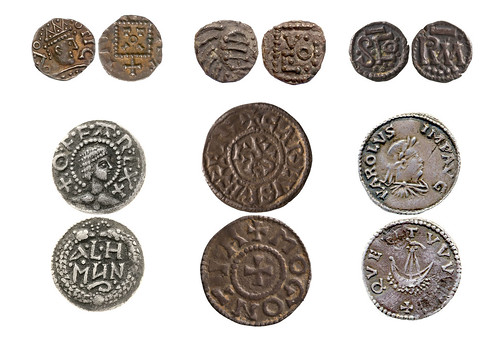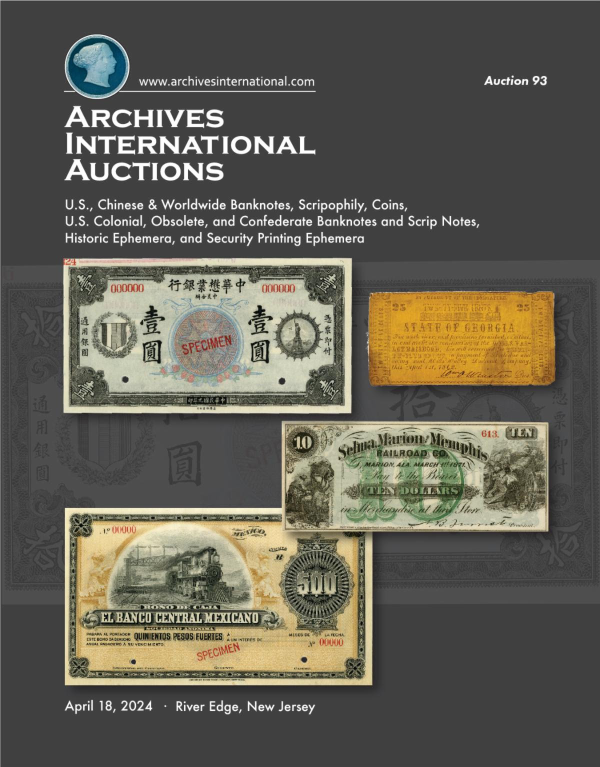
PREV ARTICLE
NEXT ARTICLE
FULL ISSUE
PREV FULL ISSUE
BYZANTINE SILVER BECAME MEDIEVAL COINSUniversity researchers have determined that melted-down Byzantine treasure provided the source of much of the silver coinage fueling Britain's medieval economic boom. Here's an excerpt from a University of Cambridge article. The original paper is linked here as well, along with a Smithsonian article forwarded by Larry Korchnak. Thanks. -Editor
Byzantine bullion fueled Europe's revolutionary adoption of silver coins in the mid-7th century, only to be overtaken by silver from a mine in Charlemagne's Francia a century later, new tests reveal. The findings could transform our understanding of Europe's economic and political development. Between 660 and 750 AD, Anglo-Saxon England witnessed a profound revival in trade involving a dramatic surge in the use of silver coins, breaking from a reliance on gold. Around 7,000 of these silver 'pennies' have been recorded, a huge number, about as many as we have for the rest of the entire Anglo-Saxon period (5th century–1066). For decades, experts have agonized over where the silver in these coins came from. Now a team of researchers from the Universities of Cambridge, Oxford and Vrije Universiteit Amsterdam have solved that mystery by analyzing the make-up of coins held by the Fitzwilliam Museum in Cambridge. The journal Antiquity published the study. Co-author Rory Naismith, Professor of Early Medieval English History at the University of Cambridge, said, "There has been speculation that the silver came from Melle in France, or from an unknown mine, or that it could have been melted down church silver. But there wasn't any hard evidence to tell us one way or the other, so we set out to find it." Previous research has tested coins and artifacts from the silver mine at Melle but Naismith and his colleagues turned their attention to less-studied coins which were minted in England, the Netherlands, Belgium and northern France. Helpfully, Naismith had "a powerhouse of early medieval numismatic research" on his doorstep: The Fitzwilliam Museum. To begin, 49 of the Fitzwilliam's coins (dating from 660 to 820 AD) were taken to the laboratory of Dr. Jason Day in Cambridge's Dept. of Earth Sciences for trace element analysis. Next, the coins were analyzed by 'portable laser ablation' in which microscopic samples were collected onto Teflon filters for lead isotope analysis. This is a new technique, pioneered by the Vrije Universiteit Amsterdam, which combines the minimally invasive sampling of laser with the high precision results of more traditional methods in which physical samples of silver are taken. While the coins mostly contained silver, the proportion of gold, bismuth and other elements in them guided the researchers to the silver's previously unknown origins. Different ratios of lead isotopes in the silver coins provided further clues.
To read the complete articles, see:
Wayne Homren, Editor The Numismatic Bibliomania Society is a non-profit organization promoting numismatic literature. See our web site at coinbooks.org. To submit items for publication in The E-Sylum, write to the Editor at this address: whomren@gmail.com To subscribe go to: https://my.binhost.com/lists/listinfo/esylum All Rights Reserved. NBS Home Page Contact the NBS webmaster 
|

